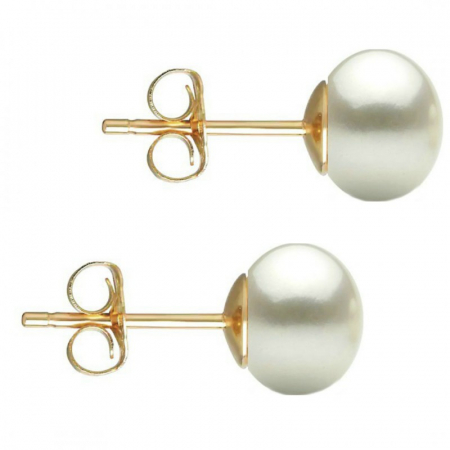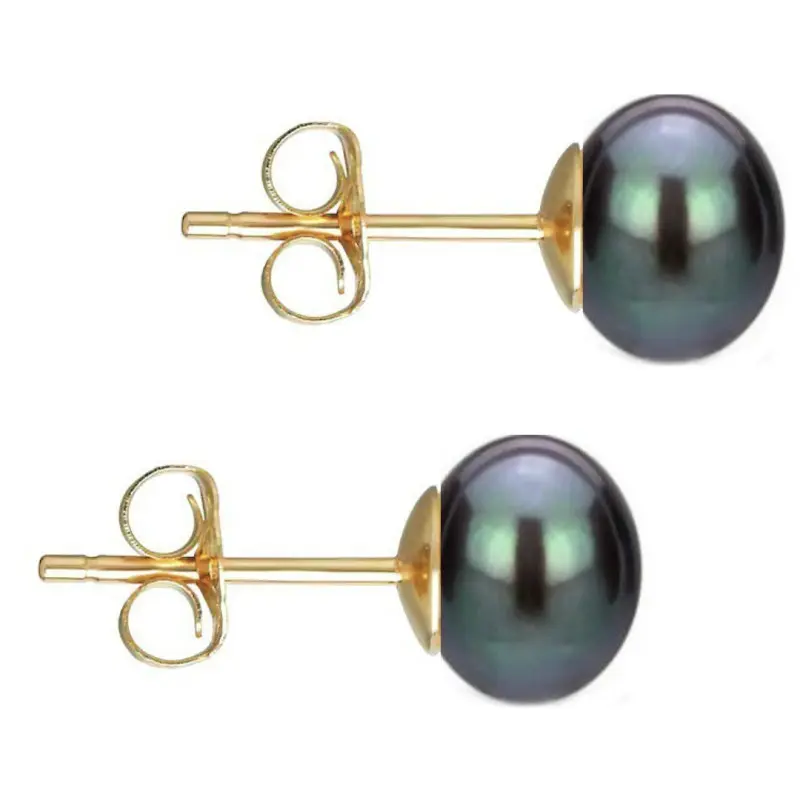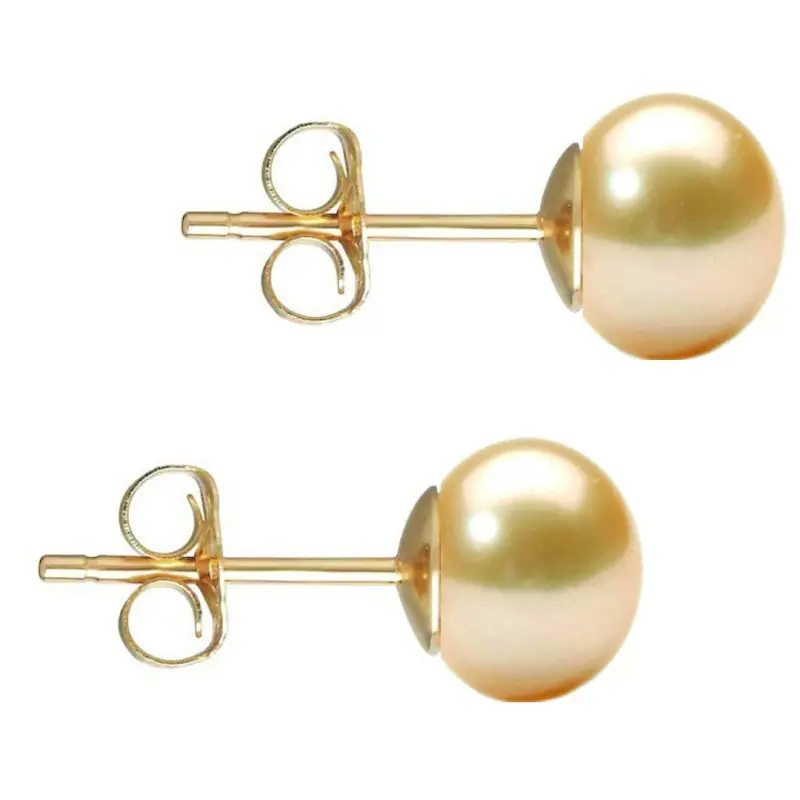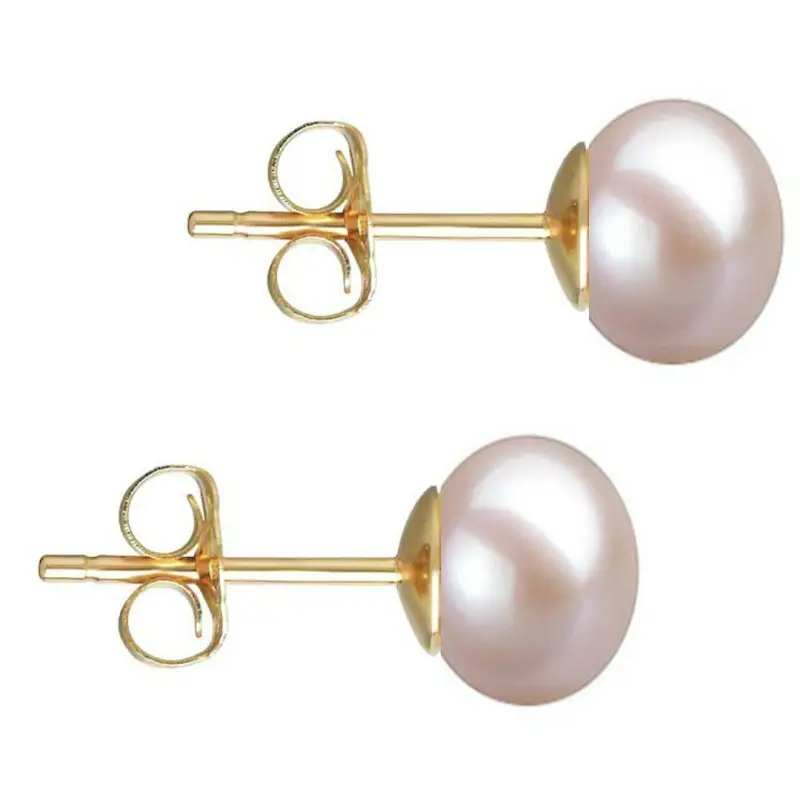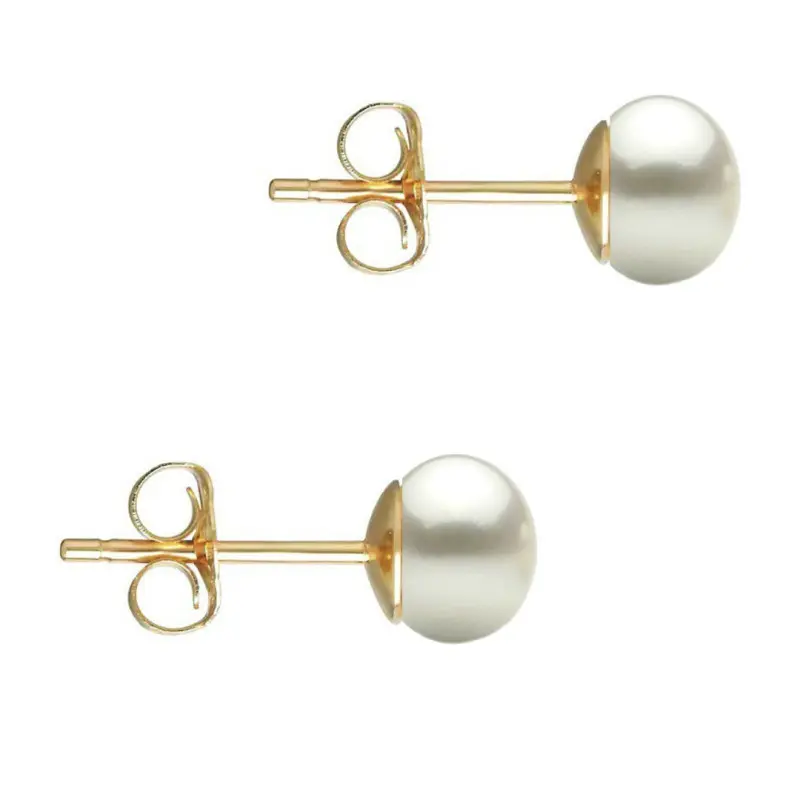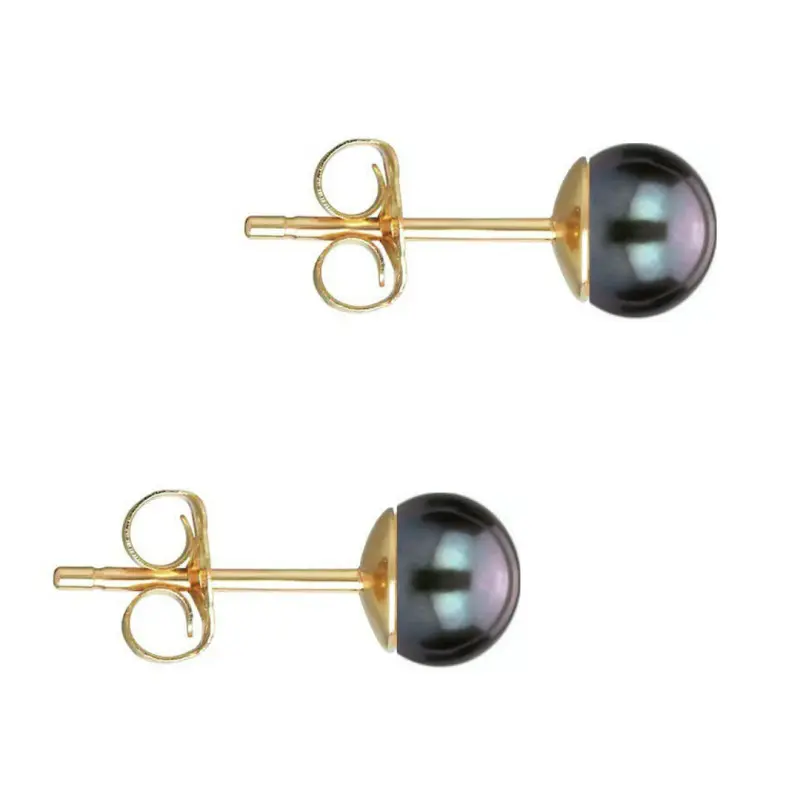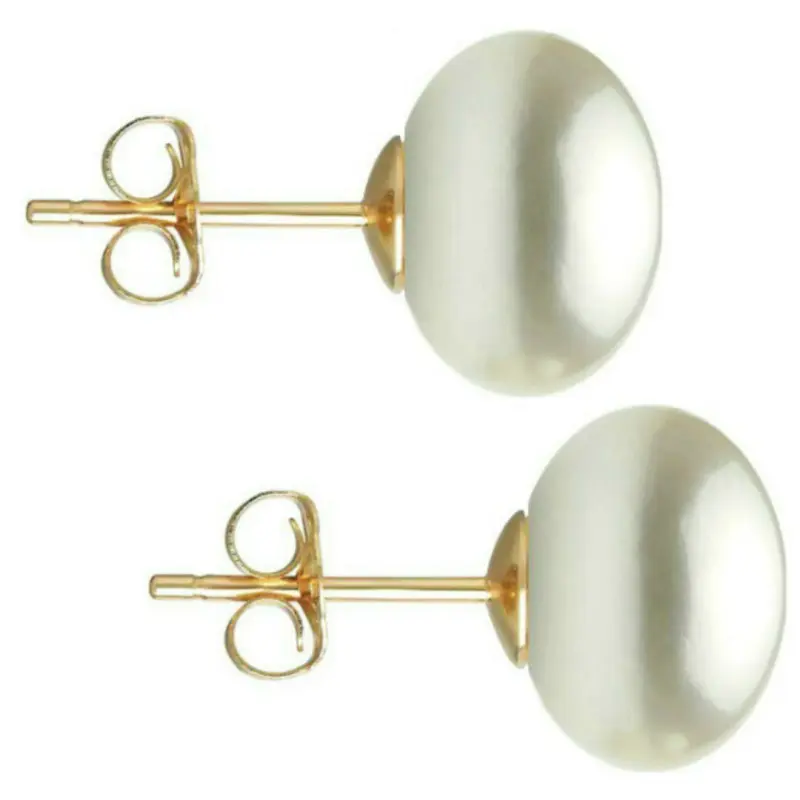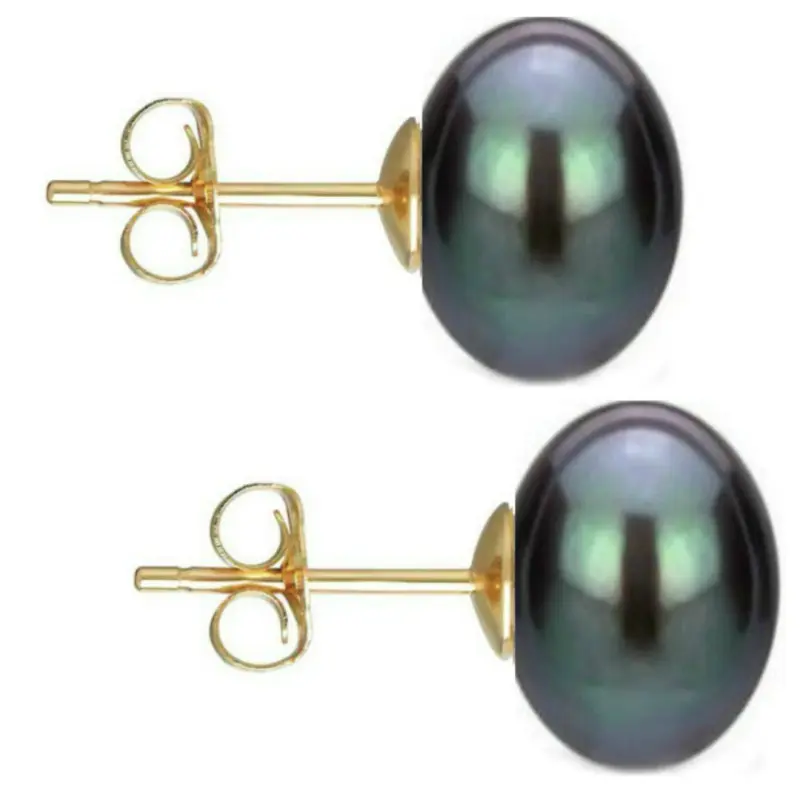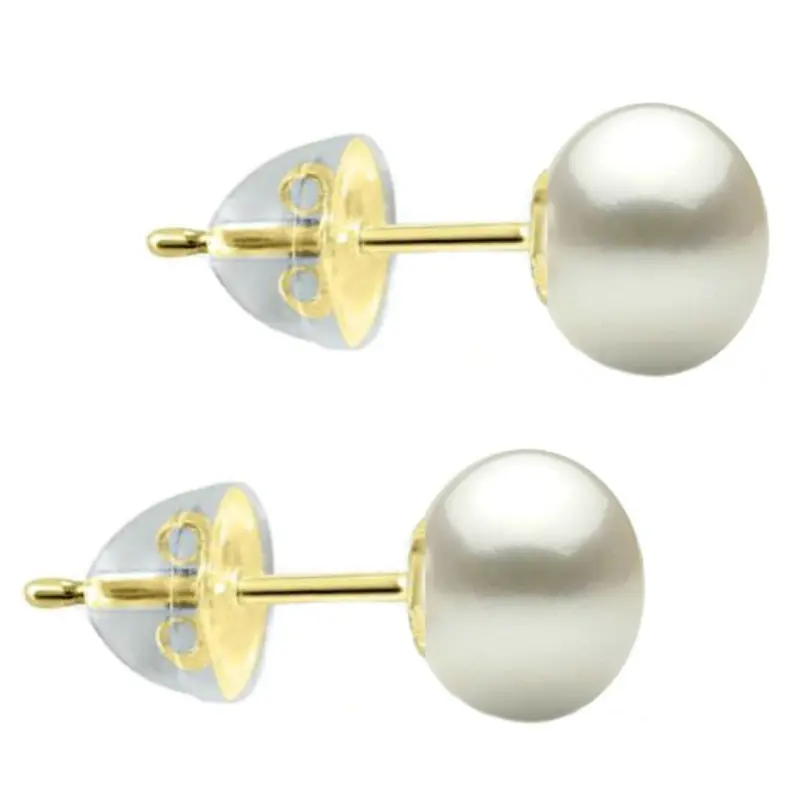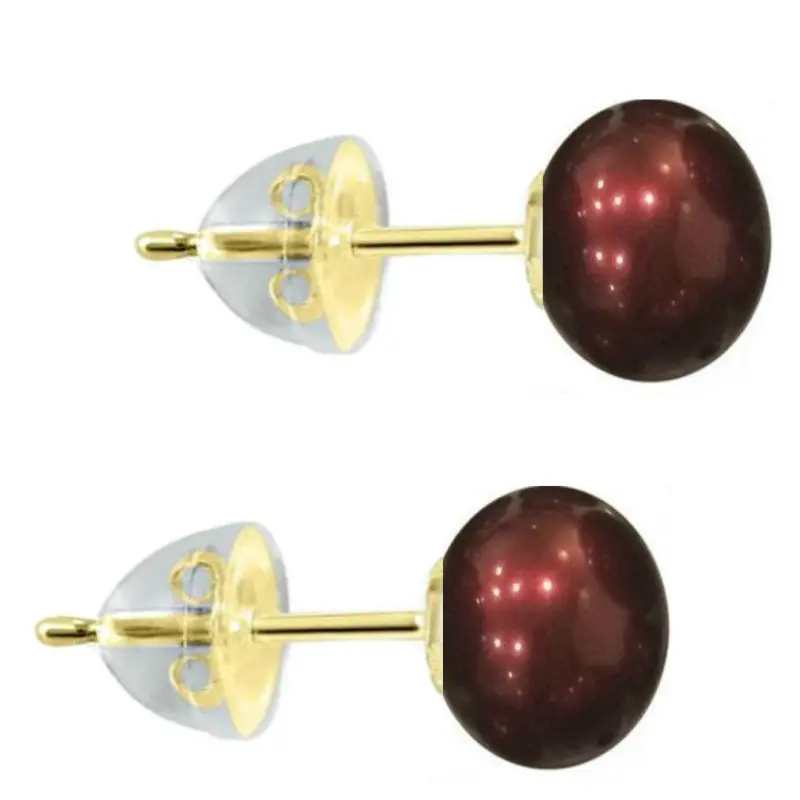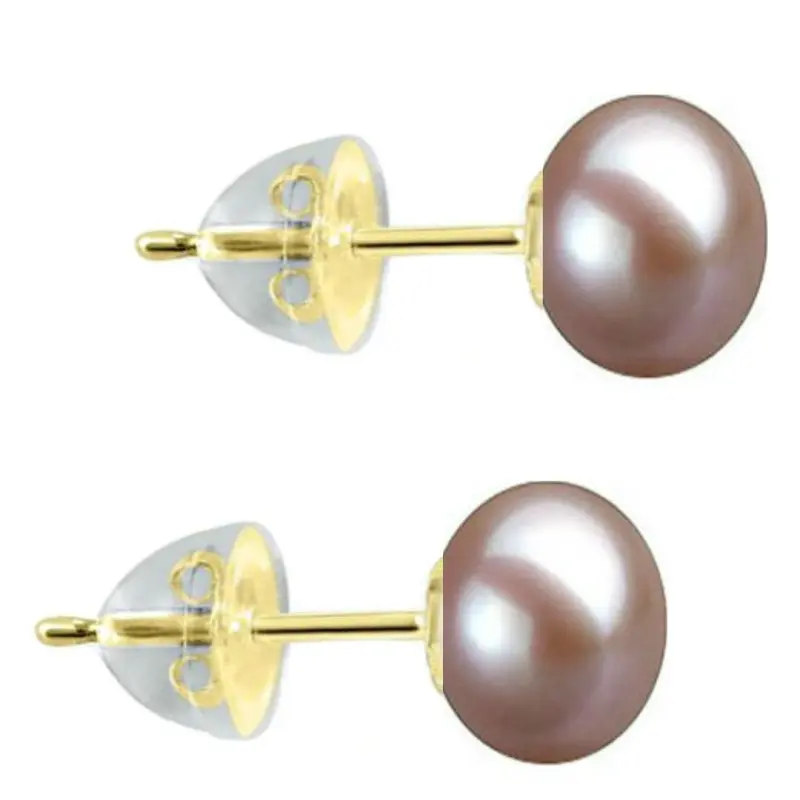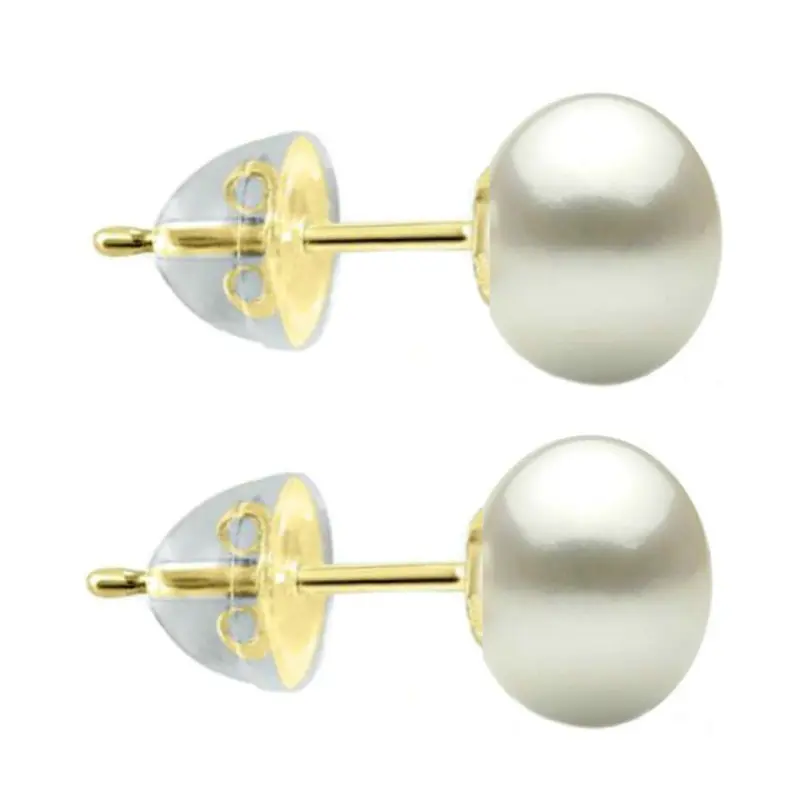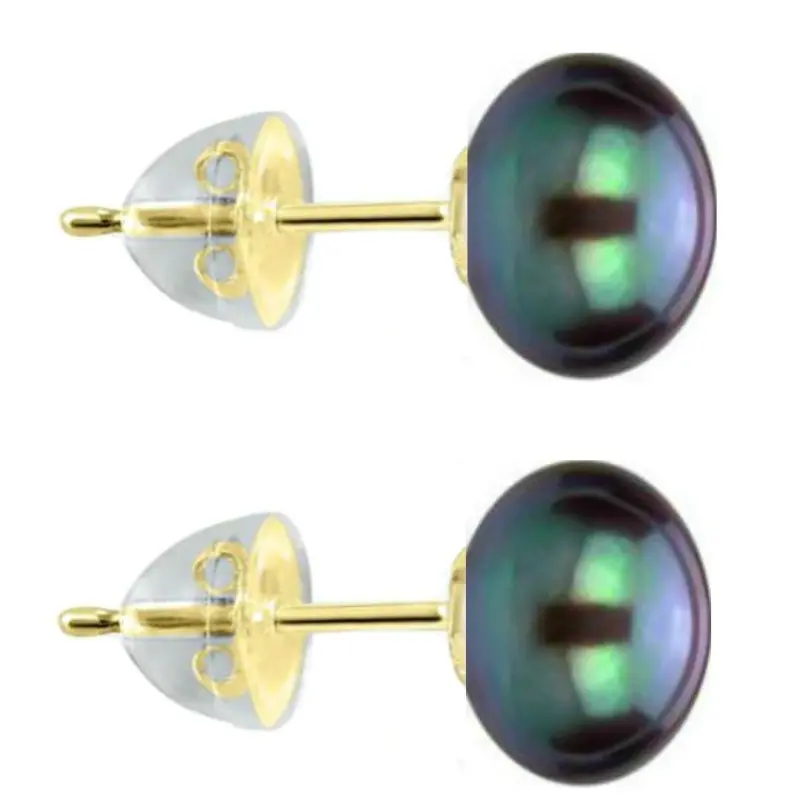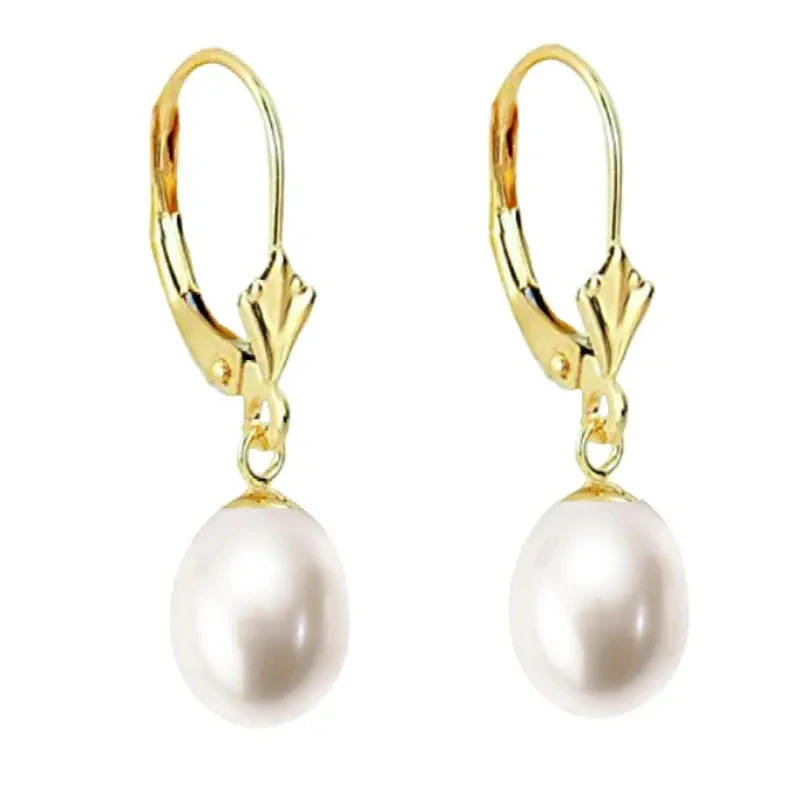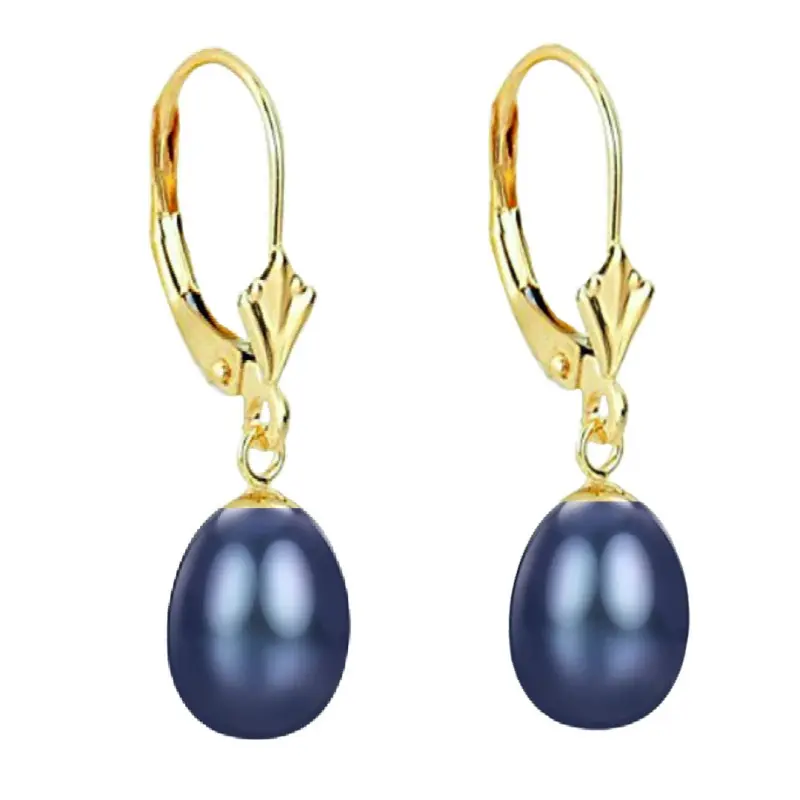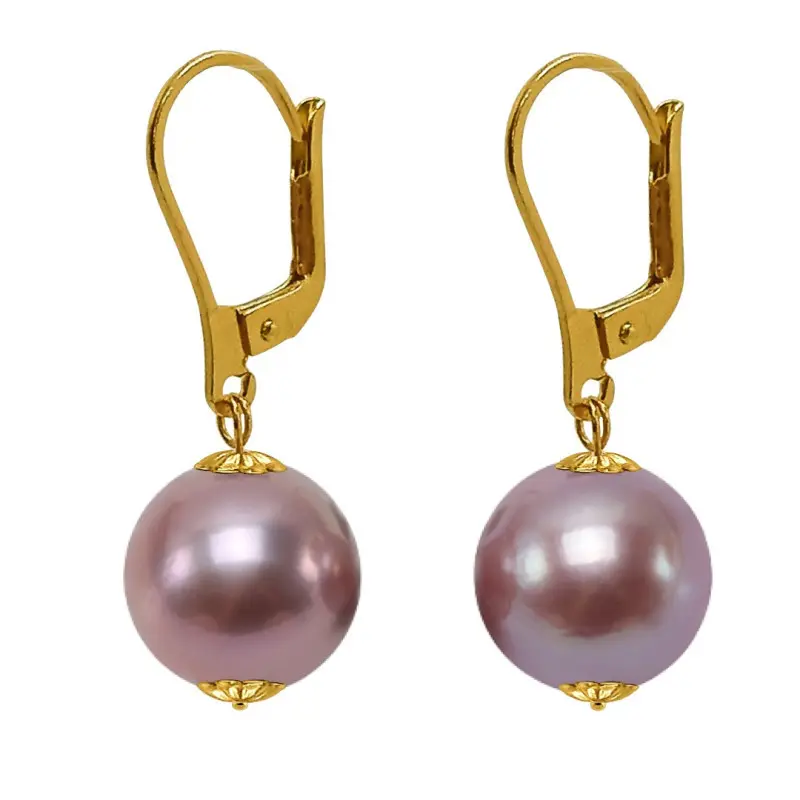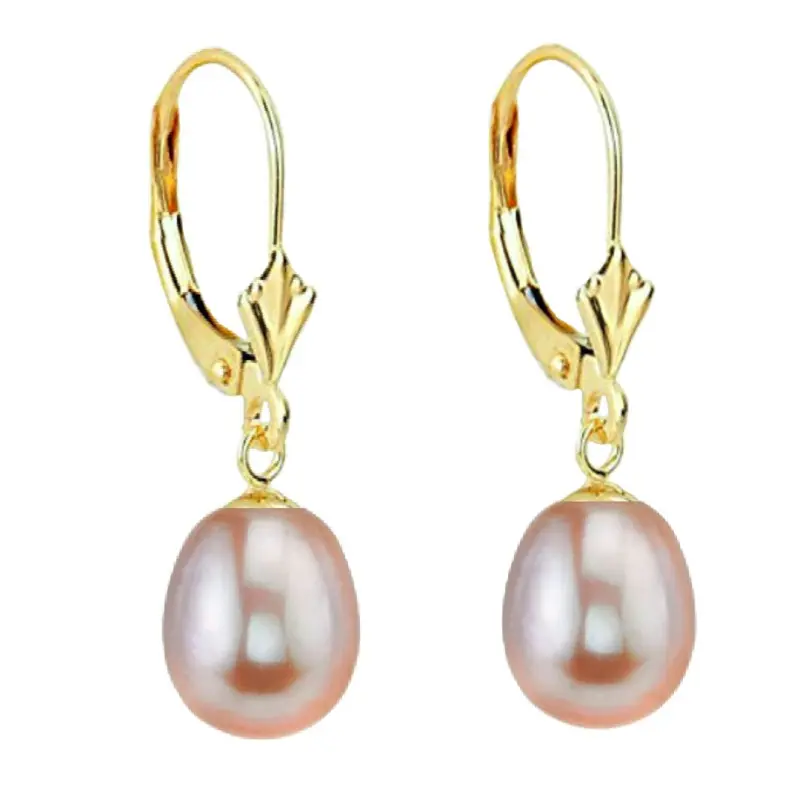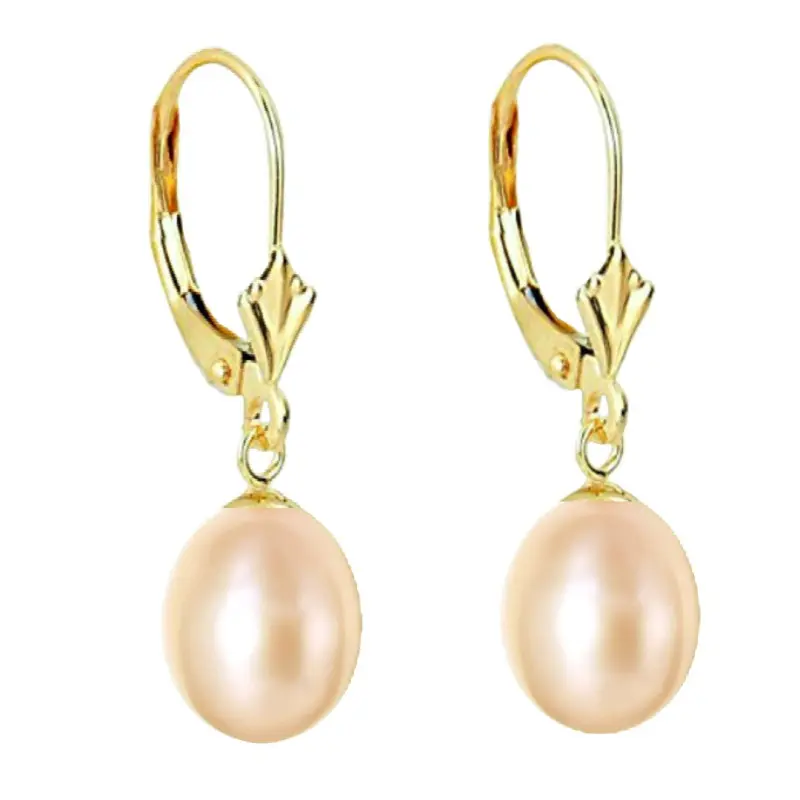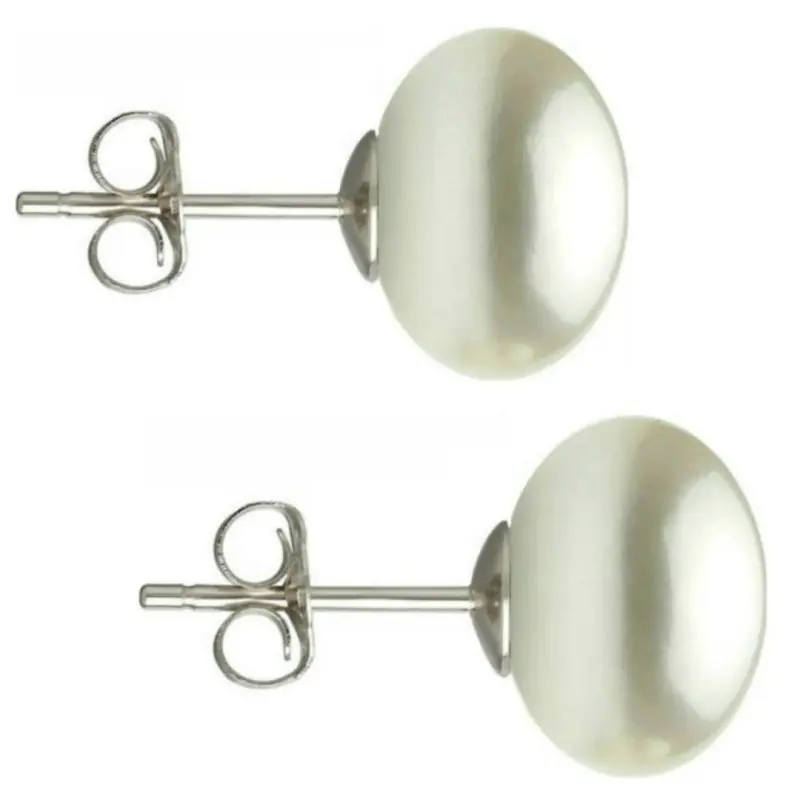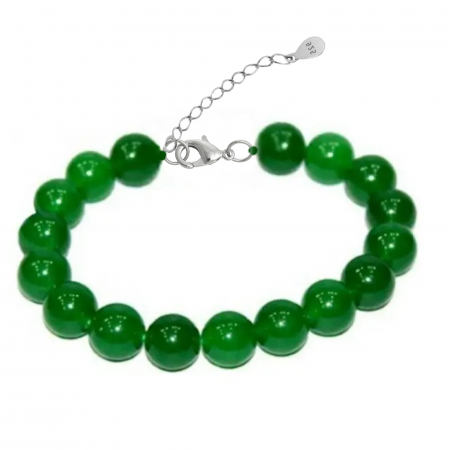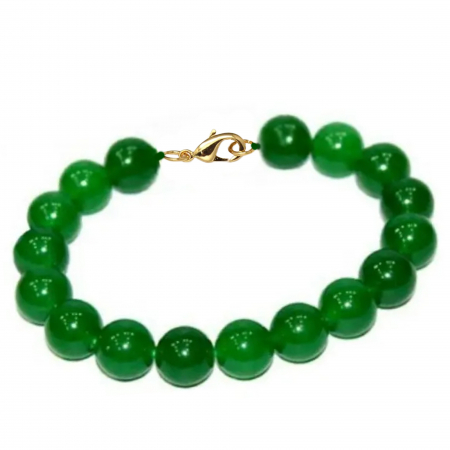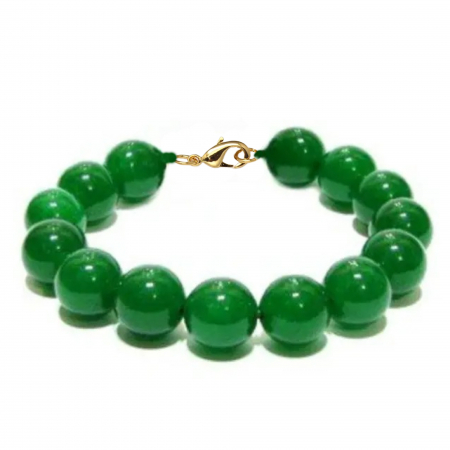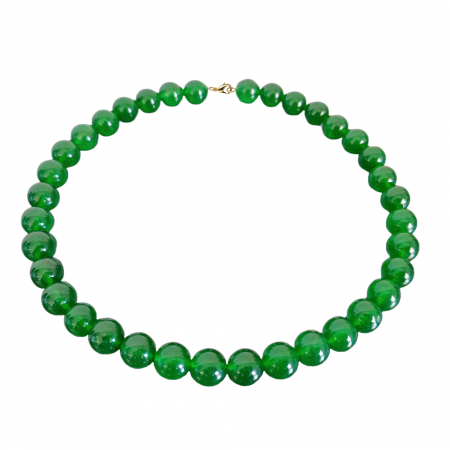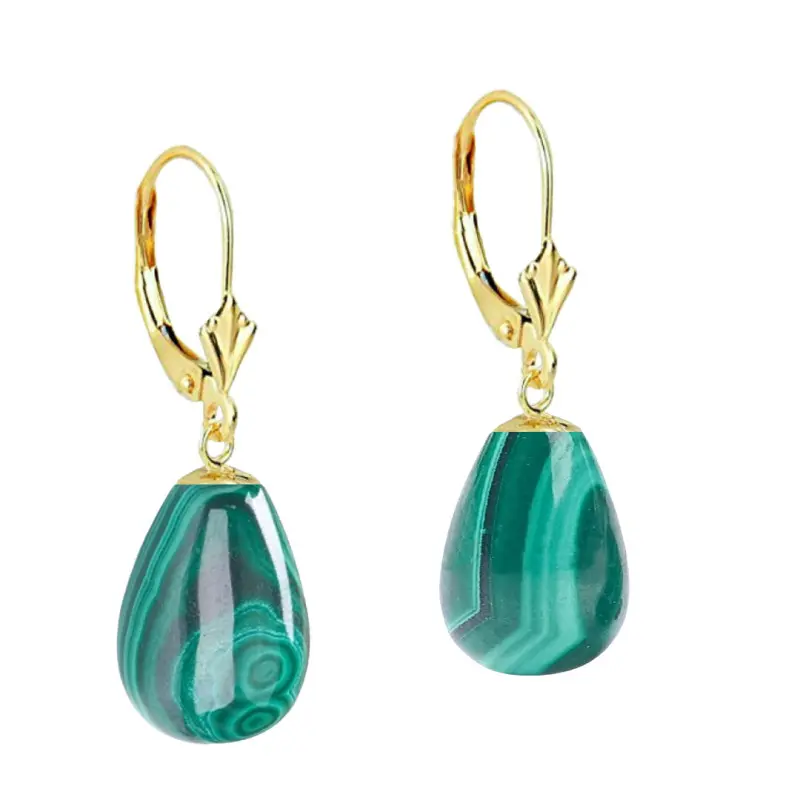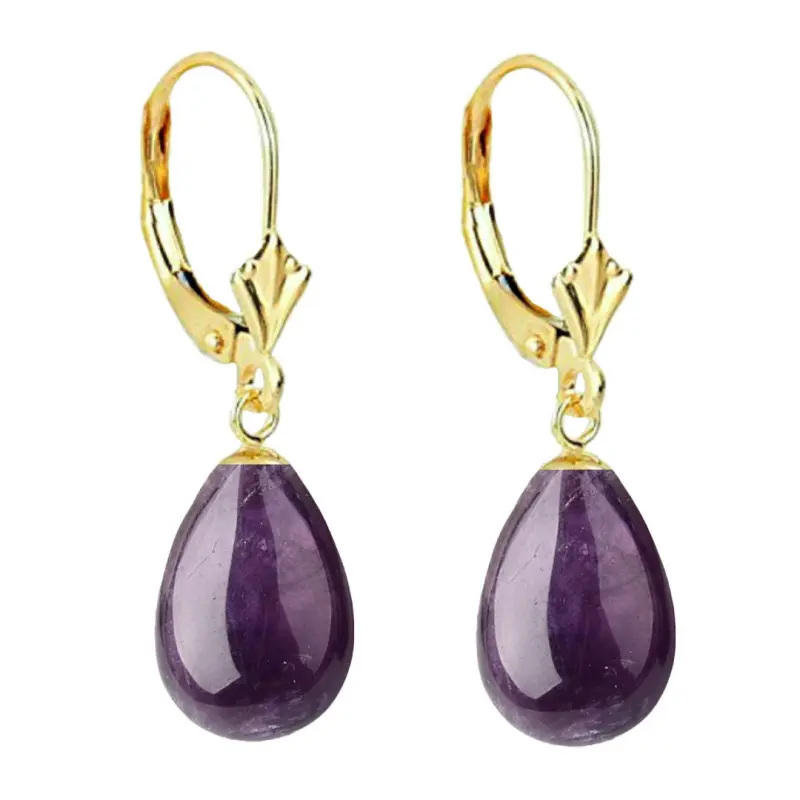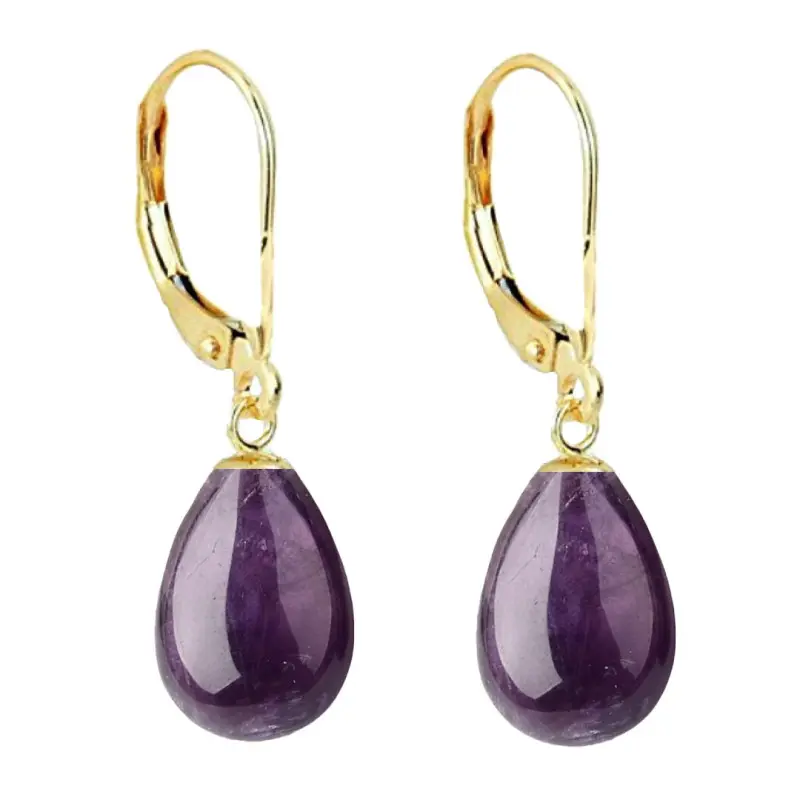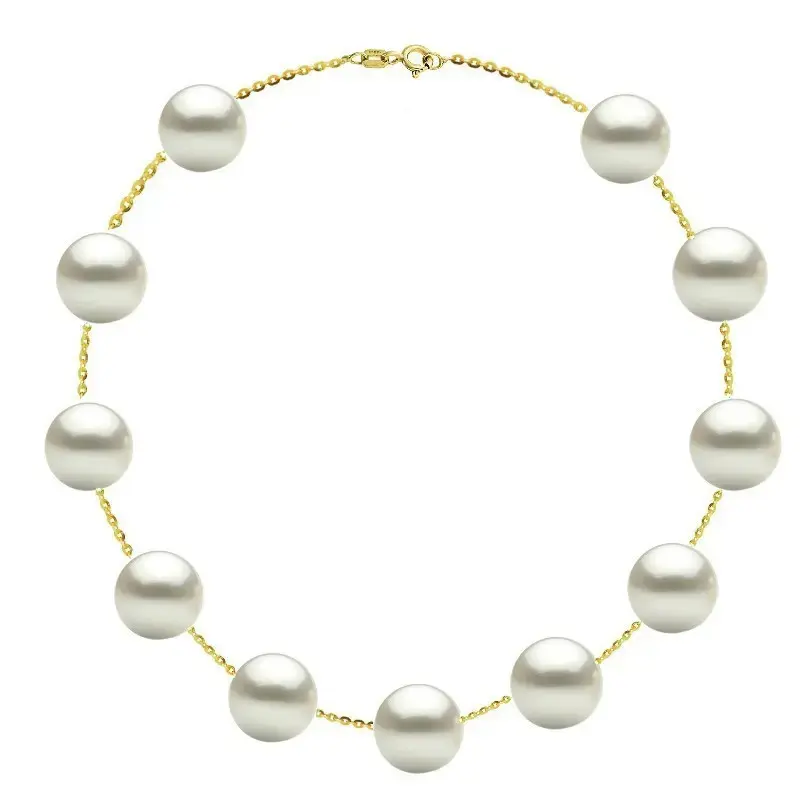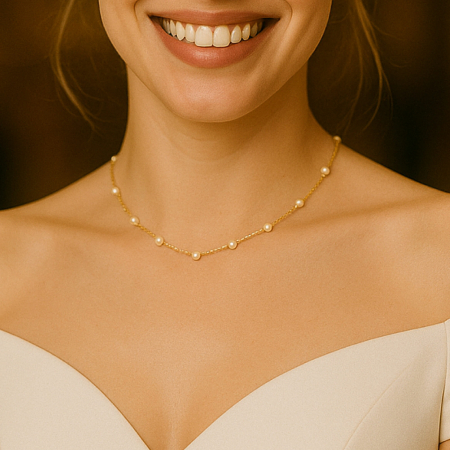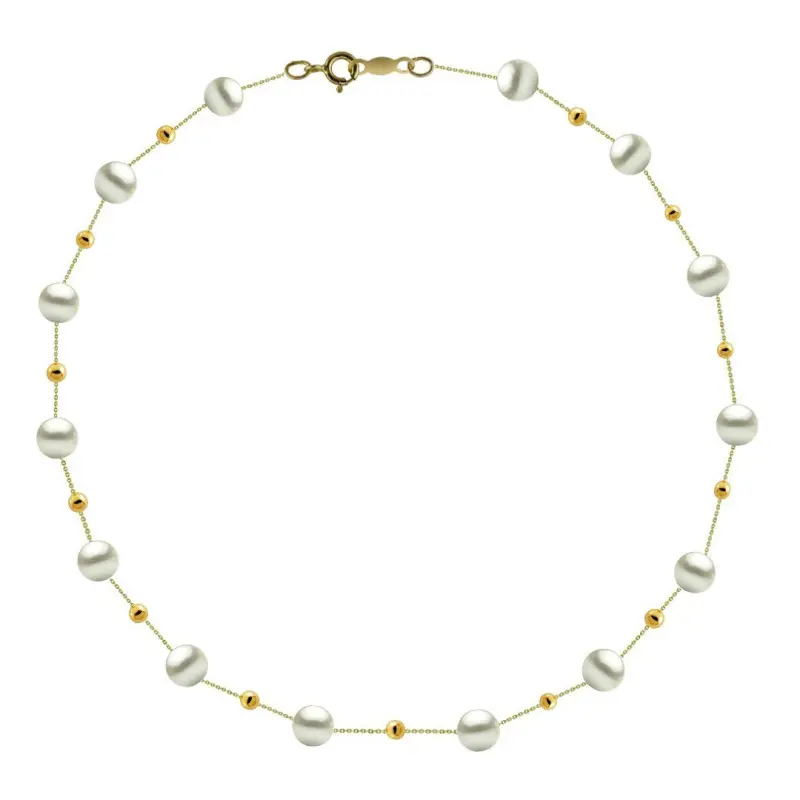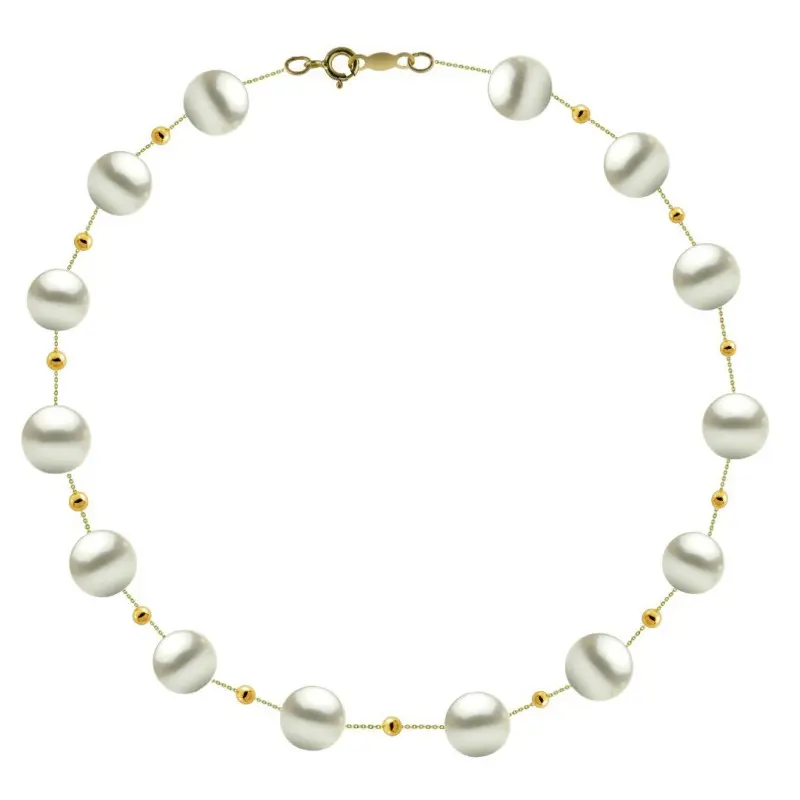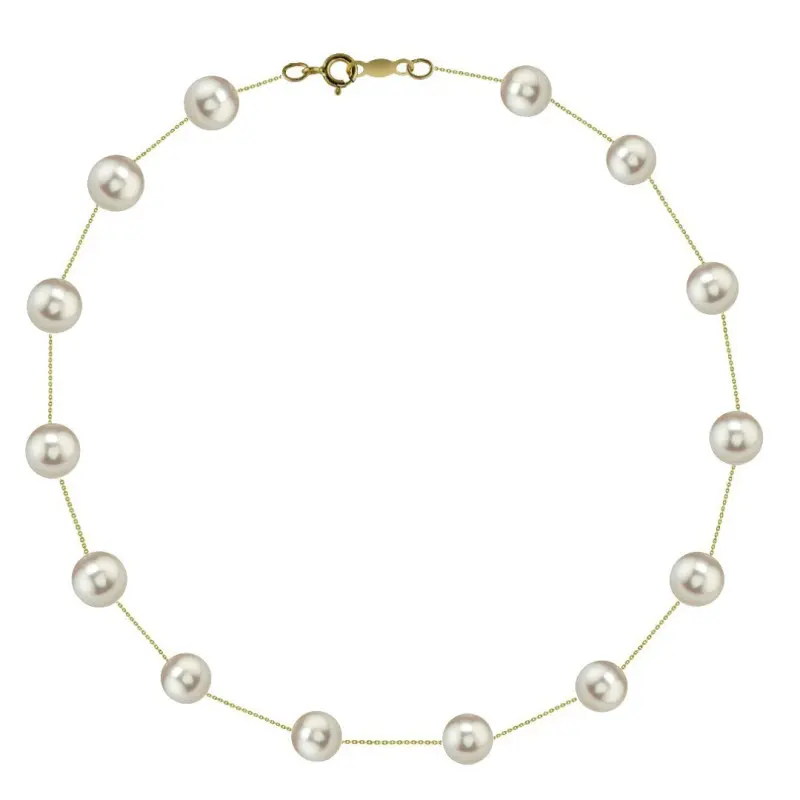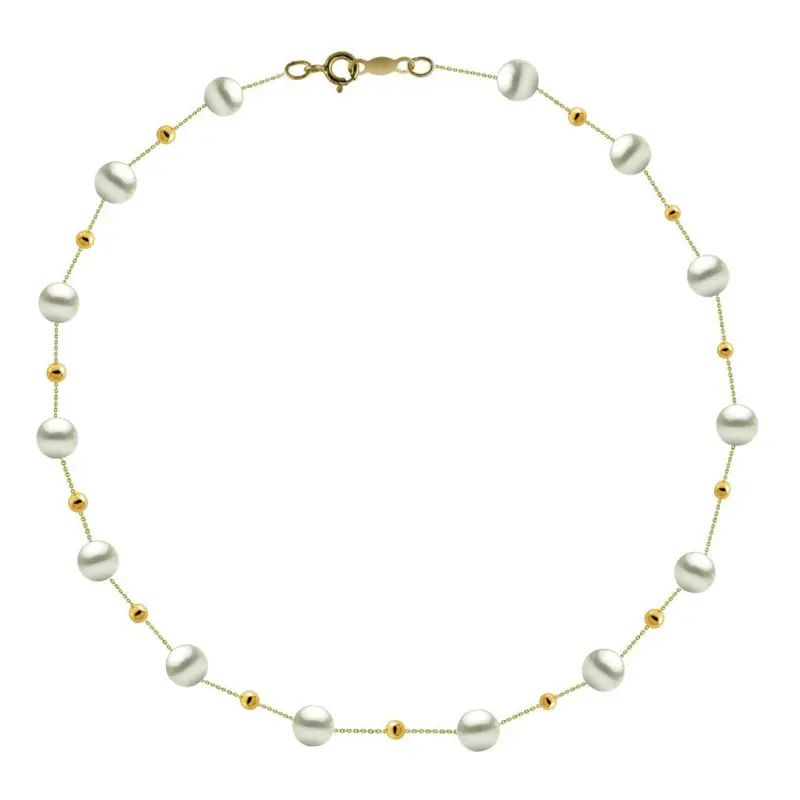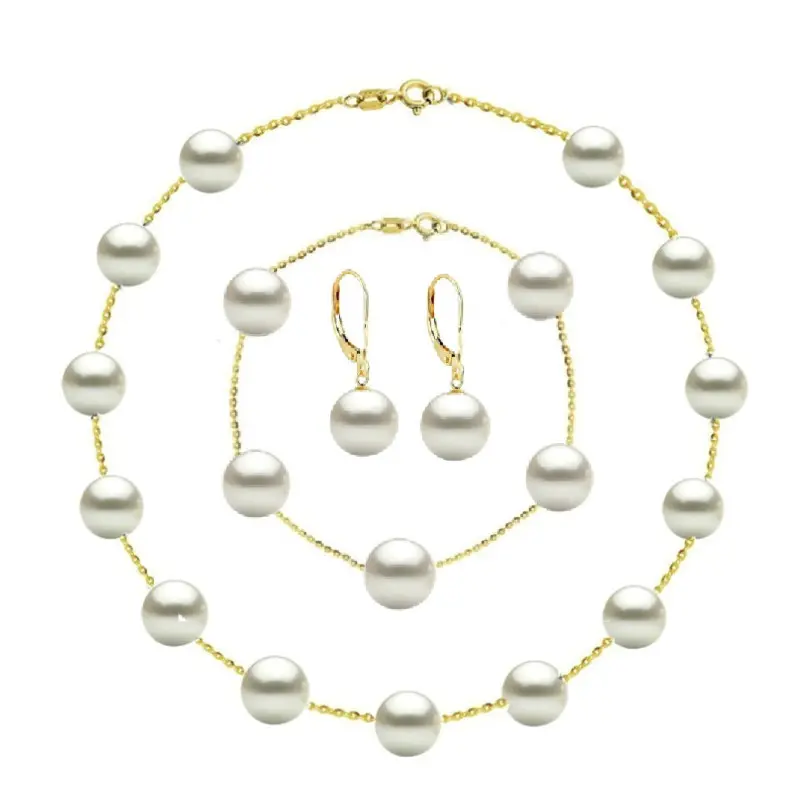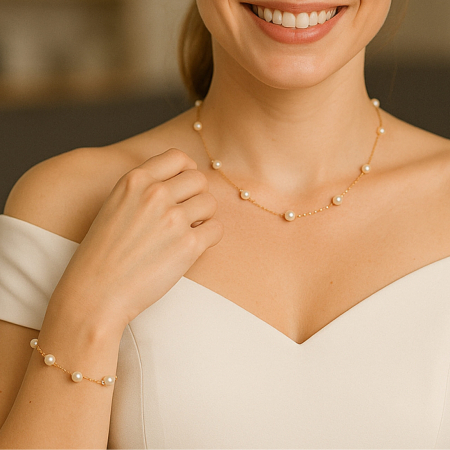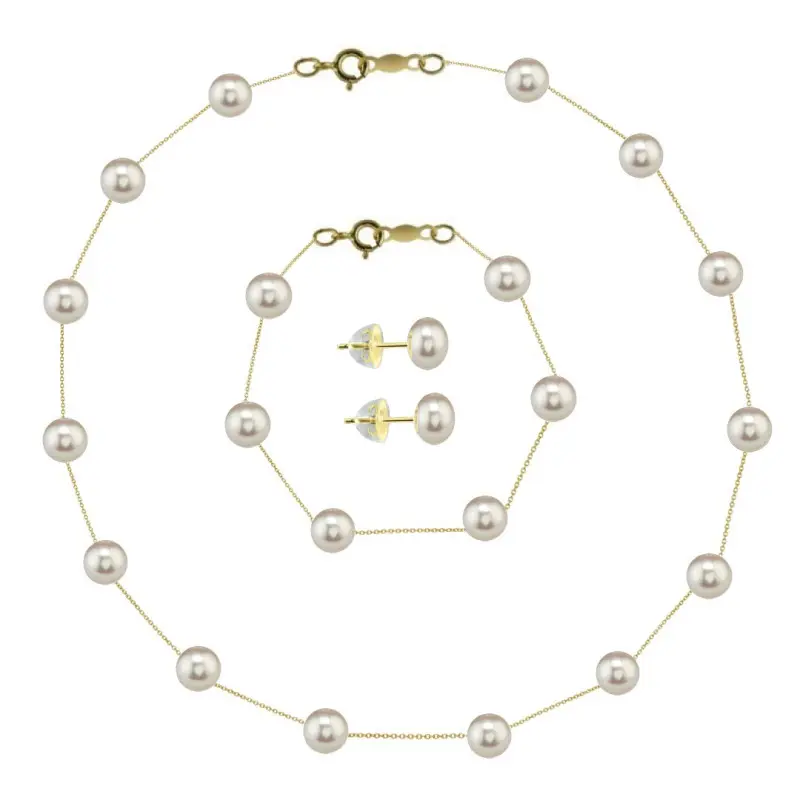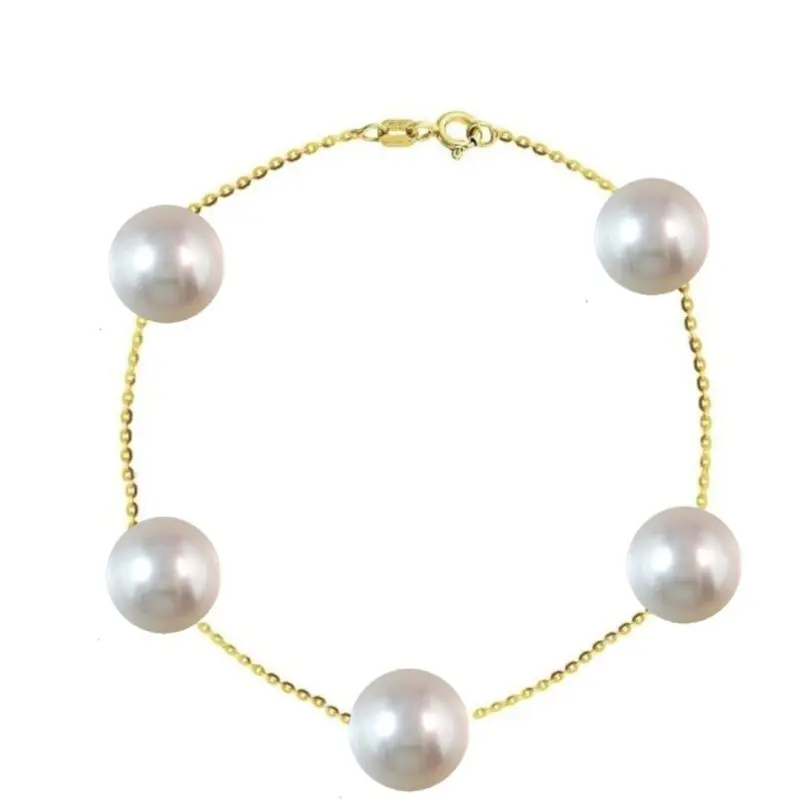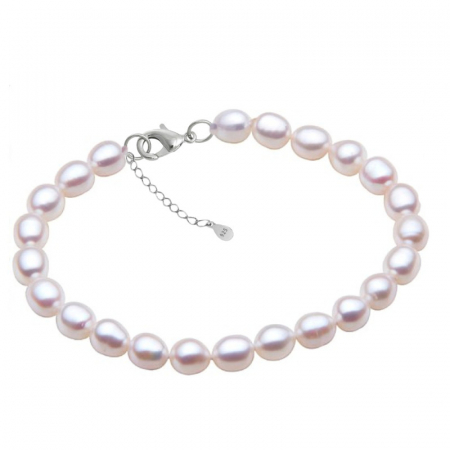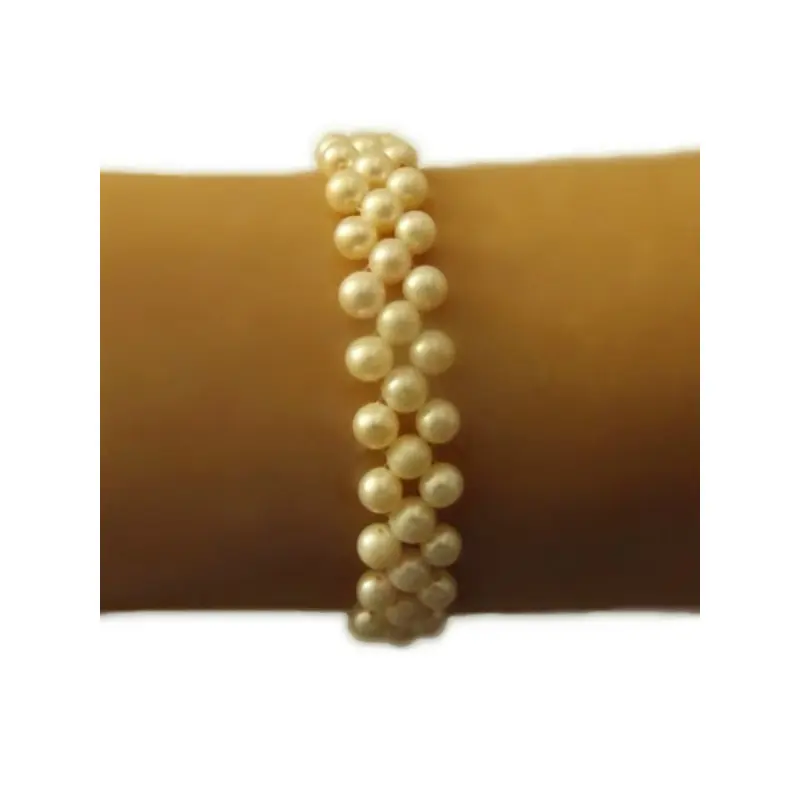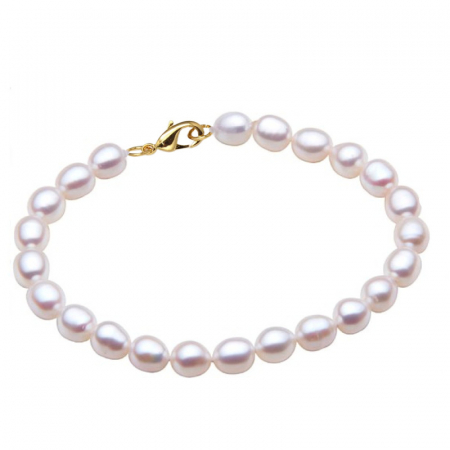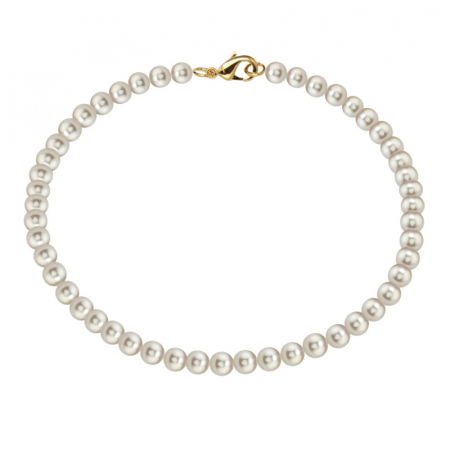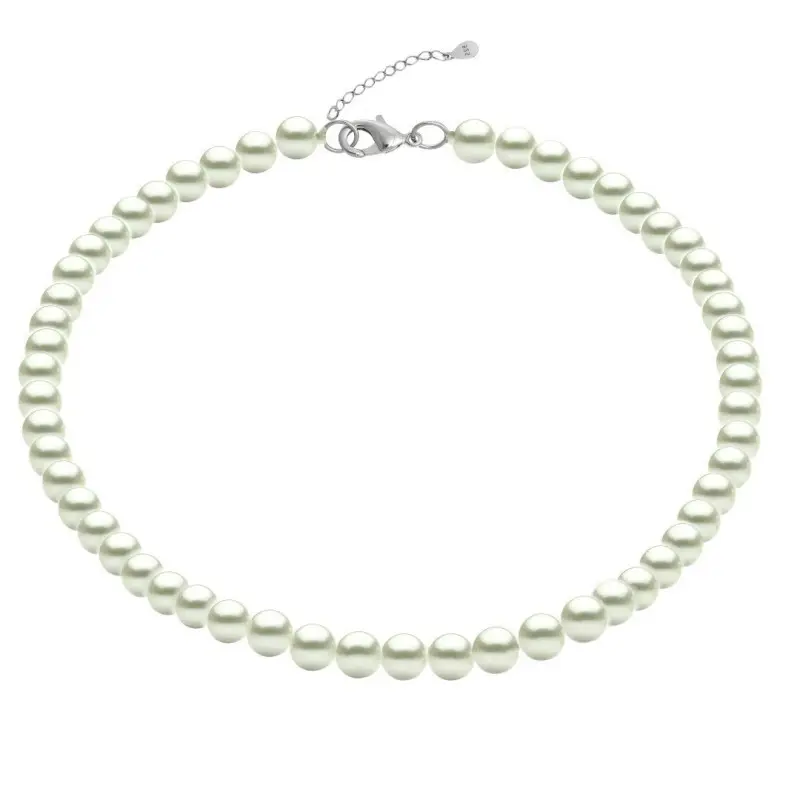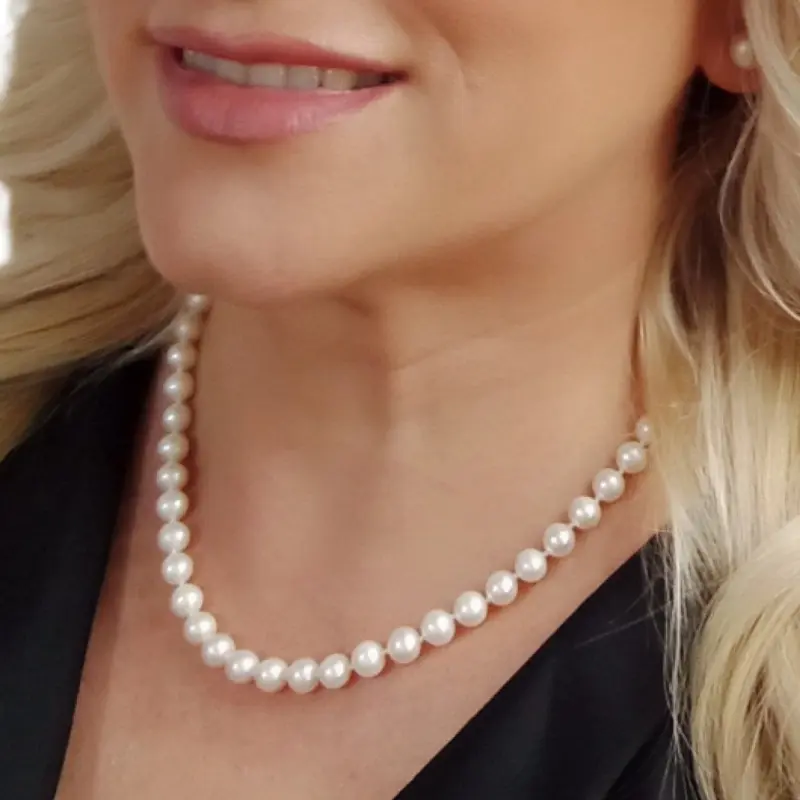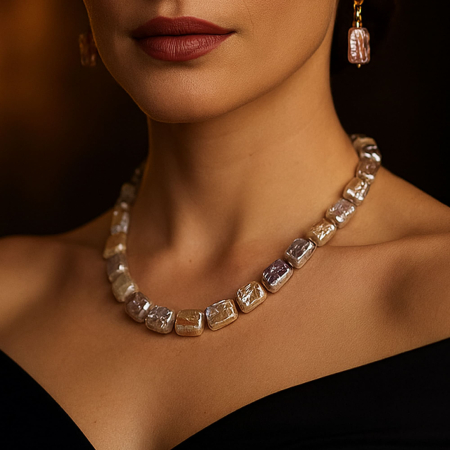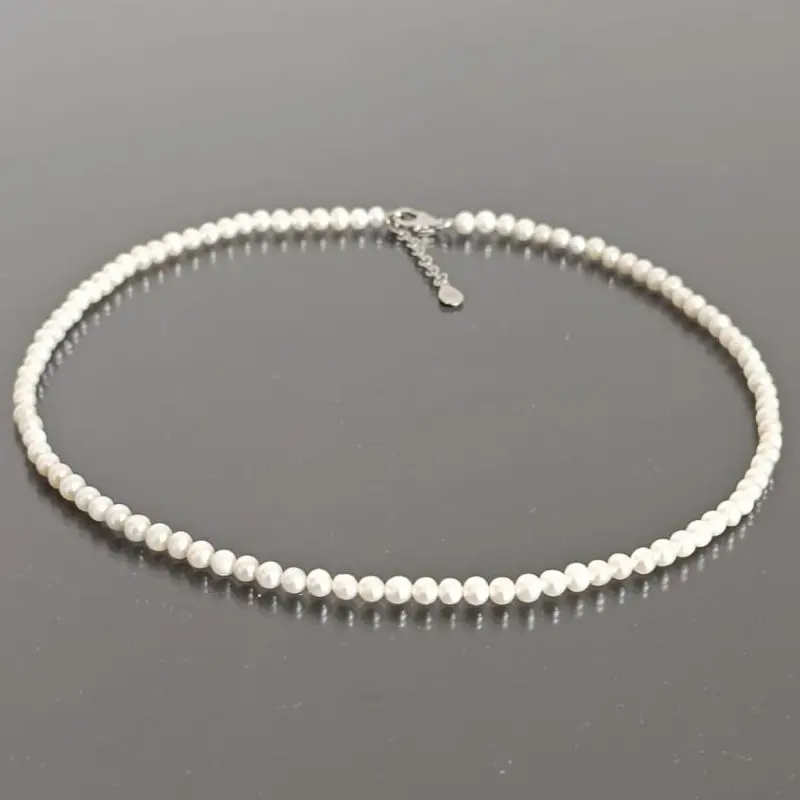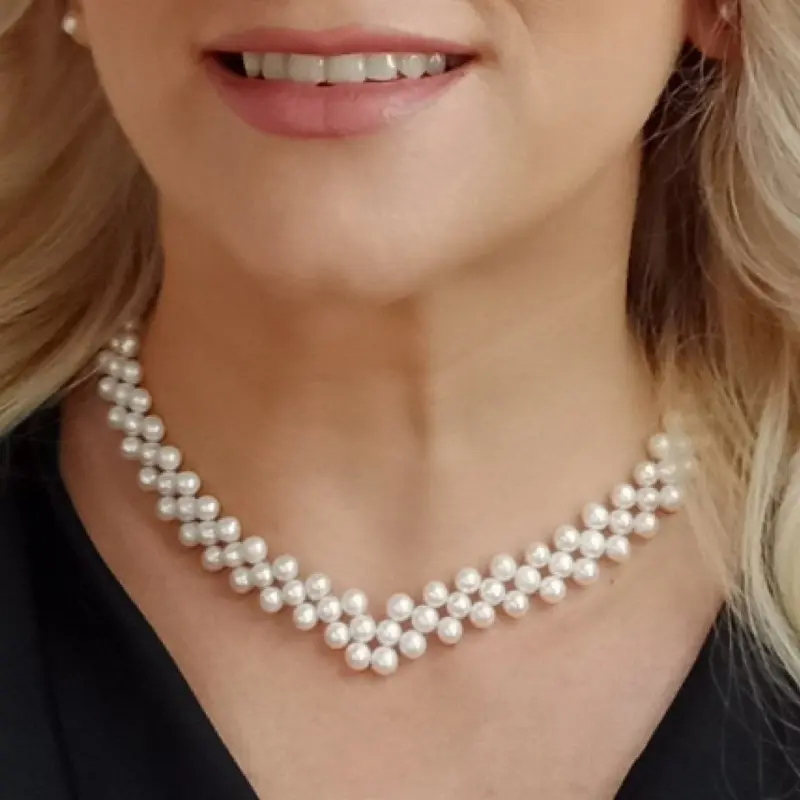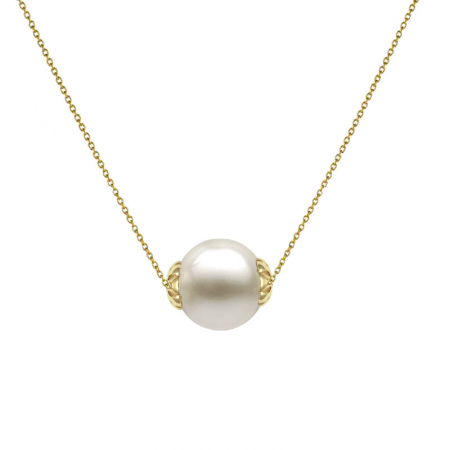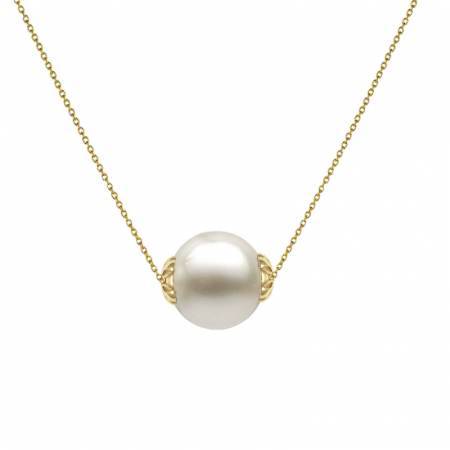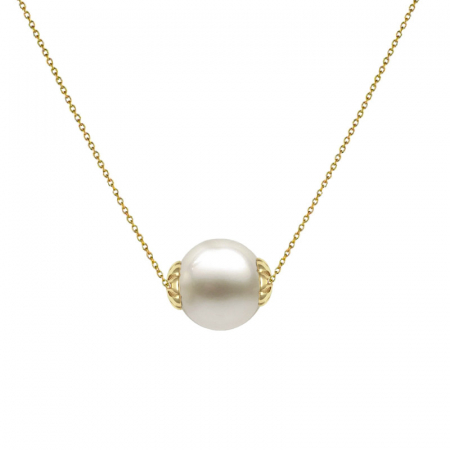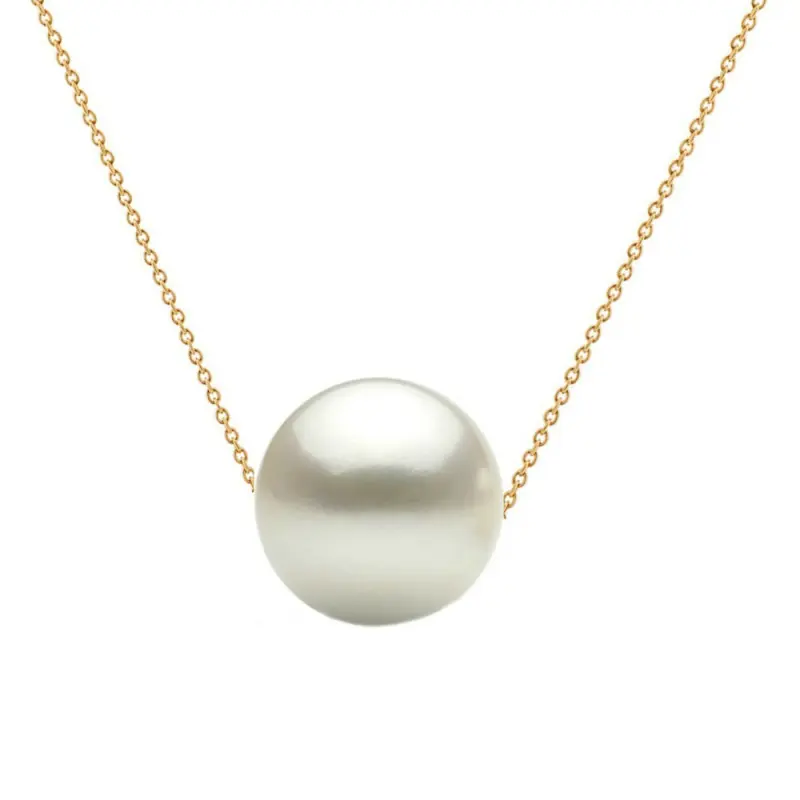How to recognize a natural pearl: clear signs and simple tests
When you buy pearl jewelry for the first time, the natural question is: “How do I know if they are real?”. While it may seem you need an expert, there are simple ways you can check at home.
7 signs of authentic pearls
1) Weight – the first clue
Natural pearls are heavier than plastic imitations. They feel denser and more solid in your hand.
2) Temperature – the natural coolness
Being organic gems, real pearls feel cool to the touch. Fake ones, especially plastic, feel warm.
3) Surface – nature’s marks
Look closely and you’ll see growth rings, tiny spots, or nacre waves. These fine imperfections prove authenticity.
4) Shape – imperfect beauty
Fakes are perfectly round, something impossible in nature. Real pearls may be almost round but always have subtle variations.
5) Luster – the nacre’s mirror
A natural pearl has a deep, reflective glow. Fake pearls appear dull or blurry.
6) Matching – harmony, not uniformity
Creating a necklace with natural pearls can take months because each pearl is unique. Fakes are identical.
7) Color tones – the authentic signature
Natural pearls display delicate overtones: white with hints of pink or grey, pink with violet shades, and black with green, blue, or rainbow reflections. Fakes are flat in color.
The tooth test – quick method
Rub the pearl lightly on your teeth. A real pearl feels slightly gritty, while a fake is smooth and slippery.
KASKADDA® experience
With every order, you receive a pouch with natural pearl samples in different colors and sizes, to see their authenticity up close.
FAQ: Fake vs. natural pearls
How do you spot a fake pearl?
It has a glassy shine, is perfectly round, very light, and often sounds like plastic when tapped.
Is there a simple test to check authenticity?
Yes, the “tooth test”: natural pearls feel slightly rough, fakes feel perfectly smooth.
Are natural pearls always imperfect?
Not necessarily. They can be nearly round but will always show small differences in nacre and luster.
Can cultured pearls be faked too?
Yes, there are imitations from glass or synthetic nacre. Choose reliable sources like KASKADDA®.
Conclusion
It’s easy to doubt, but even easier to recognize a genuine pearl once you know the signs. Each natural pearl is unique and tells its own story.


